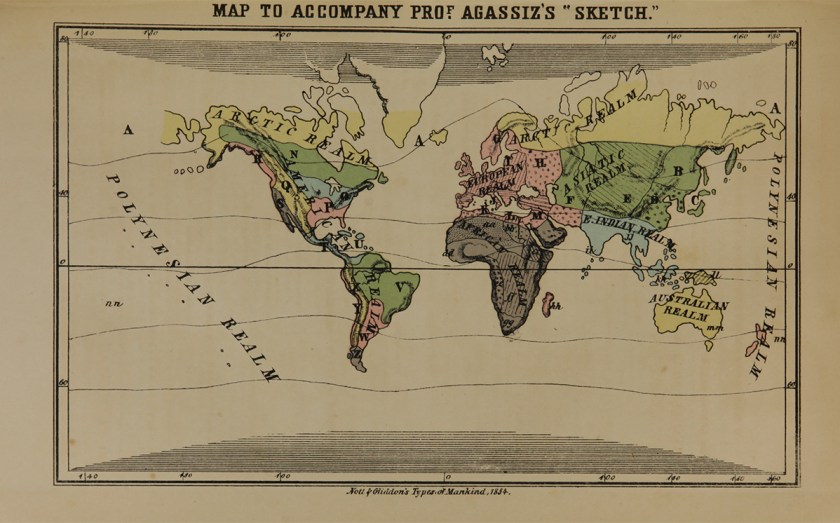By Erika Mills ~

National Library of Medicine #60611900R
Today’s artificial intelligence and computer science technologies can identify a person, infer one’s emotions and tendencies, and provide insights about one’s health. They apply cutting edge techniques to an age-old pursuit: to learn about a person’s innerworkings from their outward appearance. In the past, physiognomy, the practice of assessing mental character based on physical attributes, sought to achieve a similar but often misguided goal. Now debunked as pseudoscience, physiognomy enjoyed periods of legitimacy and influence over a history spanning millennia, before being discredited in the 20th century. Society has rejected the unscientific aspects of physiognomy, but efforts to gain information from physical characteristics continue through current technologies which have the potential to make the world safer and improve health, while impacting how data is collected, shared, and preserved.
Promising Future, Complex Past: Artificial Intelligence and the Legacy of Physiognomy, a new online exhibition from the National Library of Medicine, presents the history of physiognomy and explores its influence on some modern fields of computer science that collect and analyze data from the body. The exhibition showcases NLM collection items from the Renaissance to the 21st century and includes links to NLM health information resources, as well as a digital gallery of 17 items from NLM’s Digital Collections related to debunked historical ideas about personal attributes like intelligence and character, historical reasoning, and efforts to ensure accuracy and reliability, mitigate bias, and prevent harmful consequences in late 20th century AI research.
Here are some highlights from Promising Future, Complex Past.
In the ancient world, physiognomy had been practiced as a form of fortune telling. Classical Greek philosophers and physicians transformed physiognomy into a method to determine one’s character, believing in a symmetry between the soul and the body. Physiognomica, a work attributed to followers of Aristotle, describes physiognomy methods, including assigning personality traits based on resemblance to animals, perceived ethnicity, and facial expressions. These influential concepts endured into the 19th century.

National Library of Medicine #2304076R
Physical anthropologists of the 18th–20th centuries used measurements of the face, skull, and body to define race. They correlated these race-defining characteristics with intelligence and moral character and deemed certain races to be superior or inferior based on these assessments. American physician Josiah Clark Nott (1804–1873) was a proponent of scientific racism.

National Library of Medicine #60411950R
Today, artificial intelligence and computer science technologies that collect and analyze body data can help uncover the mechanisms behind diseases, assist with diagnosis, predict health outcomes, and provide insights for more effective, individualized care. Here, computer vision, which analyzes images and video, is used to detect hard-to-see polyps from an endoscopy.

PubMed ID #26133175
To see more of Promising Future, Complex Past: Artificial Intelligence and the Legacy of Physiognomy, visit the exhibition online.
Erika Mills is an exhibit specialist in the Exhibition Program, History of Medicine Division of the National Library of Medicine.

